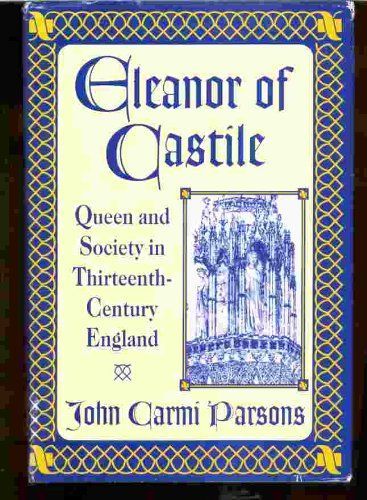
Eleanor of Castile Queen and Society in Thirteenth-century England
For too long many historians have avoided the careers of medieval queens, dismissing them as creatures of romance and legend, as women who enjoyed rank and wealth merely as a consequence of birth or marriage. A renewed interest in such women has, however, been created by new approaches to the understanding of women and power in the Middle Ages. Eleanor of Castile looks at the wife of Edward I of England, a woman eulogized since the sixteenth century as a model of virtuous womanhood and queenly excellence who overcame the impediment of her foreign birth to win all English hearts. By exploring Eleanor's behavior and the ways in which it was interpreted by her subjects, John Carmi Parsons overturns this view and shows that Eleanor's contemporaries actually had quite a different opinion of their queen. Eleanor of Castile thus becomes a study in the construction of the imagery of one woman's power and her society's perception of that imagery. Parsons also considers the evolution of the queen's posthumous legend as her reputation was fashioned and refashioned in response to changing opinions on women and power.